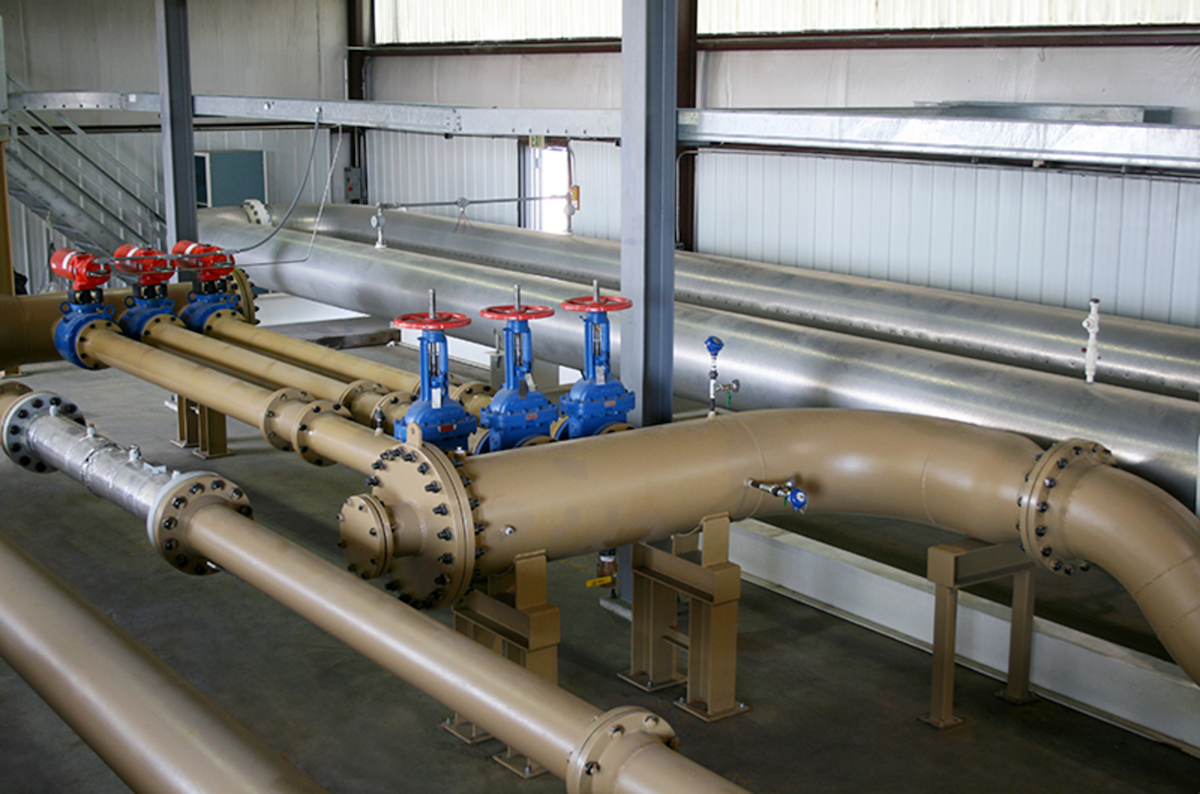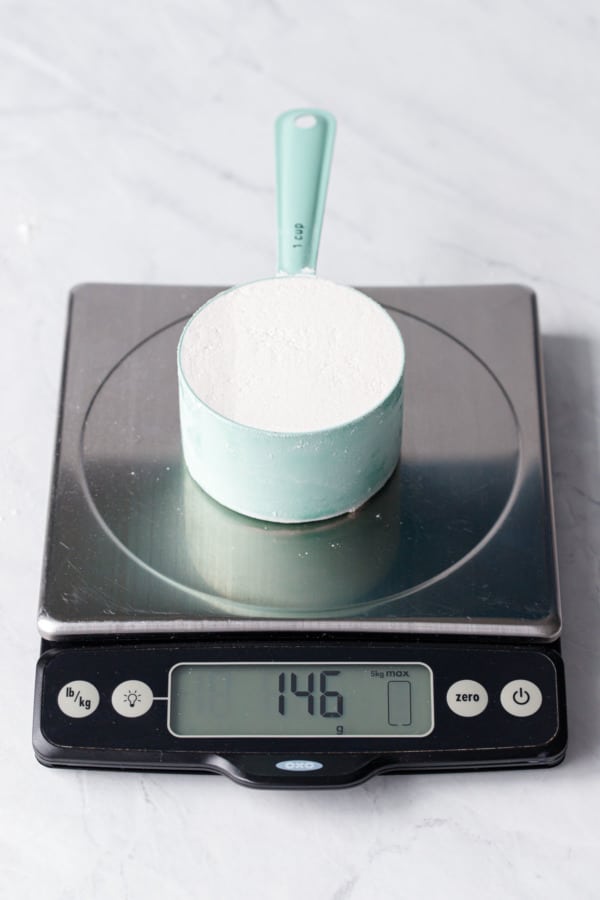Usually, after considering these factors, it’s determined that somewhere in the middle —certified calibration once per quarter with a weekly user spot check — is ideal to ensure quality control of scales that are used fairly often. Often used to calibrate precision scales, these highly accurate test weights come with a certificate of calibration traceable to NIST that states they’ve passed a test for accuracy. Legal-for-Trade Test Weights with Calibration Certificate. To calibrate a digital scale, set it on a flat surface and choose a weight. Turn the scale on and go into calibration mode. Put the weight on the scale and wait for it to calculate the total weight. If the weight is off, hit the calibration button and wait for it to recalibrate. Make adjustments if needed. So I've been without a working scale forEVER it wasn't calibrated and didn't work day one. Been randomly searching for this answer online for months, and ended up having to brush up with a quick science course!
- Calibrate Scale With Quarters Value
- How To Calibrate Digital Scale
- Taylor Scale Calibrate
- Weights To Calibrate Scale
- Calibrate Scale Without Weights
Calibrate Scale With Quarters Value
WHAT IS SCALE CALIBRATION?
Calibration of a scale is a procedure in which a licensed scale technician uses a known cal test weight certified by the State of North Carolina Bureau of Weights and Measures, to test and adjust the response of a mechanical or electronic weighing system to the following tests; The display indicator must show zero when there is no weight on scale. When a known weight is applied the indicator must display the exact amount of applied weight within a specific tolerance. When weight is applied or removed incrementally the scale must display the weight equal to that on the scale within the specified tolerance mentioned above. The increasing load test and decreasing load test along with corner testings would be ideal in many situations.
We are sometimes asked how to test or check accuracy or how often to perform scale calibration and the answers can vary depending on your situation. To check the scale you simply put an item on the scale and see what it weighs. Ideally this would be a certified test weight. Another example might be if you own a portable truck scale, you should probably calibrate that scale every time you move it from one location to another location. Or at least check it with a known weight to make sure the accuracy is still acceptable.
How To Calibrate Digital Scale

Historically, a calibration has been defined as a process of comparing and recording indicated values obtained from a measuring instrument with the corresponding values obtained when using measurement standards. For example, when calibrating a bench scale, the indicated value from viewing the scale display can be compared with the value of the test weight. This can be done over a range of weights, and a calibration table can be developed that records indicated values from the scale and corresponding values obtained from the different test weights used.
Scale calibration of a scale is a procedure in which a certified scale technician uses known weight certified by the State of North Carolina Bureau of Weights and Measures, to adjust the response of a mechanical or electronic weighing system to the following tests; The indicator must show zero when there is no weight on scale. When a known weight is applied the indicator must display the exact amount of applied weight. When weight is applied or removed incrementally the scale must display weight equal to that on the scale display.
All scales ideally need to be calibrated when first placed into service to insure accurate operation. Any scale will drift away from its original calibration in time. Wear of mechanical components, age and degree of use, all contribute to calibration drift. Many states require that any scale used to buy or sell based on weight must be NTEP approved and inspected and certified as to it’s accuracy.
As we are marching towards living a healthier lifestyle, many people keep a digital scale in their house to keep a check on their weight. Calibrating this digital scale is vital to ensure precise and accurate results. It is suggested to calibrate your scale once in a while if you use it regularly. For the process of Calibration, calibration weights are available in the market. However, these weights are expensive and can also be misplaced easily. So to help you calibrate the scale at home without spending a fortune, I am going to describe an easy step-by-step procedure.
How to Calibrate My Digital Scale Without a Weight?
1. Prepare your scale for the process of Calibration
The first step is to clean your scale and get rid of dust or any particles on its surface. Such factors can also result in unsatisfactory results. To clean the scale, you can use a damp cloth and wipe its upper surface. You can also use ethanol or acetone. Once you clean it, let it dry down completely for 20 minutes approximately.

2. Find the right surface to keep your scale
Now, you should find an even surface to place your digital scale. Make sure that the surface is sturdy so that it doesn’t shake or wobble. You can place your scale on a table or the floor to calibrate it
3. Reset the scale to Zero

Switch on the scale and allow it to show zero on the screen. Place absolutely nothing on the scale until you get the reading. Make sure that the reading doesn’t fluctuate and if it does, place the scale elsewhere. Many digital scales show these fluctuations if not placed on a proper surface and also due to external factors such as pressure, temperature, etc.
4. Check for the Calibration process
Taylor Scale Calibrate
Every digital scale comes with its calibration process, which is mentioned in the manual. Read all the instructions properly to understand it thoroughly. Many times there is a button on the digital scale that calibrates it.
Weights To Calibrate Scale
5. Select Weights for calibrating the scale
Choose an appropriate weight to calibrate your scale. Although certified weights are recommended for calibrating the scale, you can use a candy bar or any other such item. You should know the exact weight of the item you are going to use for calibrating the scale, though. All household goods come with a Net Weight on their package, which is suitable for the calibration process.
U.S. coins are also a good alternative.You can use pennies, nickels, dimes and quarters as the weight of these coins is already known.
6. Select the weight of your and calibrate the scale
It is advised to start with smaller weights first such as 5 or 10 grams. You can place the weight of your choice on the scale and press the Calibrate button. If you are using a U.S. nickel as a calibration weight, it will show 5 g on the screen. Press enter to save the data on the scale.
7. Keep adding weights until it reaches the maximum weight limit
For carrying out the calibration process rightly it is suggested to calibrate it with its maximum weight capacity. So if you are using nickel coins, stack 8-10 coins on the scale. Stacking ten nickel coins will result in 50 g, which is the maximum limit for many digital scales.Information about the weight limit can be found in its manual or on the manufacturer’s website also. Press the calibrate button after adding weight to calibrate the scale.

8. Check the Calibration
After your scale is calibrated, it is crucial to know if it is appropriately calibrated or not. For checking this switch off your scale and restart it in few minutes. Take any other kitchen item for weighing of which the weight is already known. Weigh this item and notice if it shows the correct weight or is within its error margin as described in the manual.
If you get accurate readings, then your scale is now calibrated correctly and suitable for further use.
Concluding remarks
Calibrate Scale Without Weights
So this is easy and the most suitable process for calibrating your digital scale at home without wasting a lot of money and time. Make sure you use objects of which the weight is already known. If you do not use a digital scale, more often it is okay to calibrate it once or twice a year. Also, make sure that you are storing the scale in a proper place when not in use.